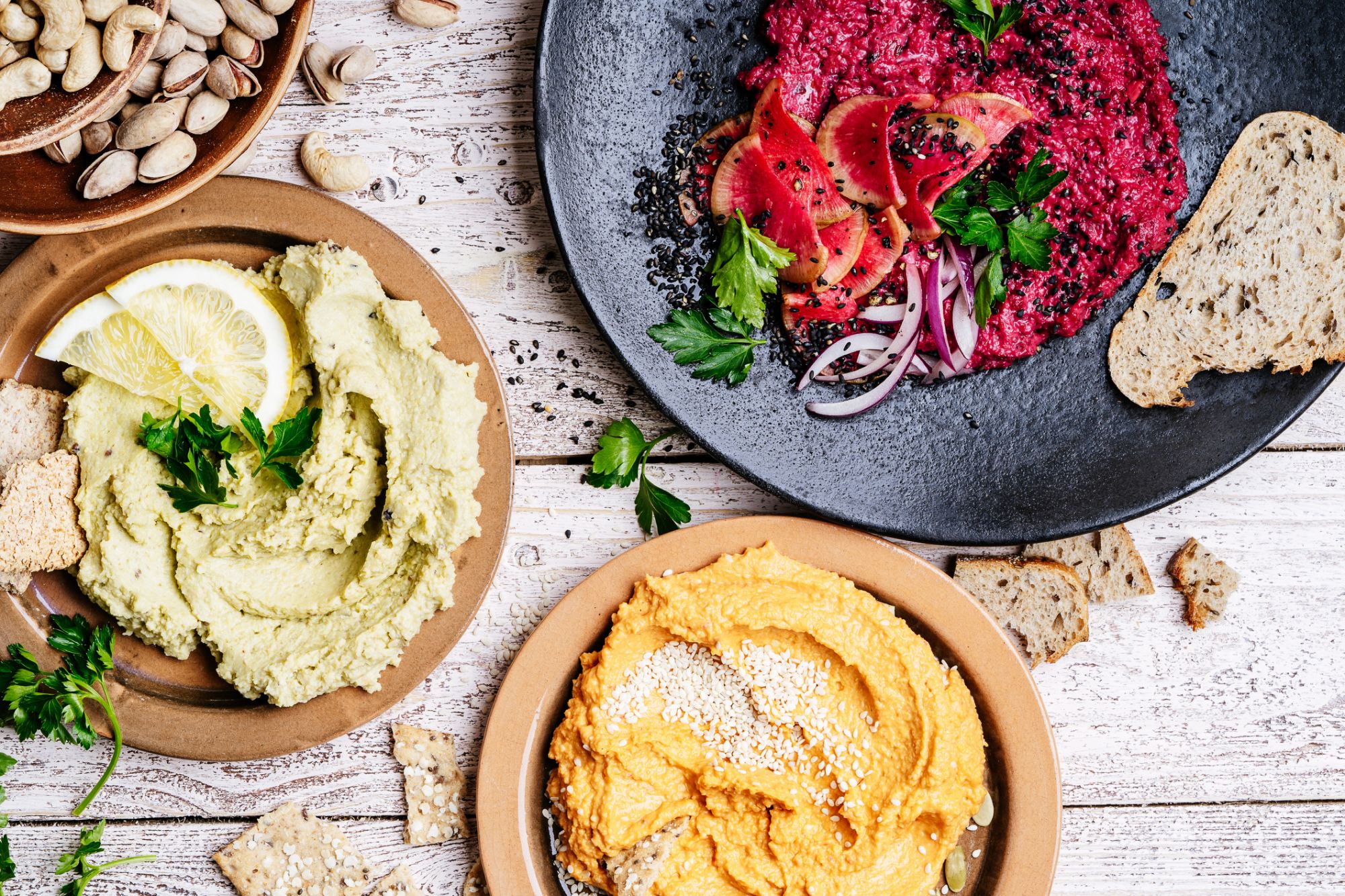How the Humble Chickpea Stormed Snack and Dessert Markets Hummus has taken America by storm, and it isn't stopping anytime soon.
Opinions expressed by Entrepreneur contributors are their own.

It's funny how the simplest, most traditional products can seem to spontaneously spike in popularity. One prime example: hummus. That traditional Middle Eastern dish made of just chickpeas, lemon, tahini, olive oil and garlic has been eaten in Egypt and the Levant since at least the 13th century, where the earliest known recipe for a pureed, spiced chickpea dish was found in Cairo.
But over the last 10 years, it's become a downright craze, earning prime real estate in grocery stores and refrigerators and even inspiring meme fandoms. This is probably due, at least in part, to PepsiCo taking over as Sabra's parent company in the early aughts. Between 2008 and 2010, Pepsi flooded the U.S. with samples of Sabra hummus, thus introducing the traditional Middle Eastern food to lots of people who had never heard of it before. It's probably no coincidence that within a few years, sit-down restaurants and fast-casual spots focusing on hummus (like Cava and Hummus & Pita Co.) became commonplace and popular in American cities.
Related: 5 Food Trends That Will Define 2020
Fast-forward to today, and the global hummus market is estimated around $811.9 million as of 2020 and is expected to break $1 billion by 2026. Nowadays, virtually everyone has their pita chip in the hummus game. Apart from large brands like Sabra, Boar's Head and Tribe, a plethora of smaller brands and startups are throwing their tahini in the ring to innovate upon or simply to perfect the traditional dish.
Bloggers and recipe developers across the internet can provide you with an almost infinite array of hummus-adjacent recipes, like those that sub a different legume for chickpeas or attempt to impart a totally unique, nontraditional flavor profile. But if you're in a pinch, or would just rather leave the hummus-making up to the experts, your local grocery store most likely stocks several options for you. Lantana Foods sells a variety of hummuses (hummi?) that use white beans, black beans, edamame or lentils as their base rather than chickpeas. Each of these alternatives has a similar starchy-smooth texture while offering different flavor profiles. Lantana even sells some really innovative varieties, like sriracha carrot, beet and buffalo.
The Asheville, N.C., company Roots refers to its product as the "microbrew of hummus," boasting that its dips are always non-GMO and free of preservatives, instead using a cold-pressure technique to preserve freshness. In addition to original and other, more traditional flavors like roasted garlic and red pepper, it makes creative options like mango sriracha, Thai coconut curry and chickpea-less blends like lima bean and black bean. Roots also sell oil-free varieties for those who want to lower their fat intake.
Hope Foods is another popular brand making on-trend foodie flavors like black garlic, spicy avocado and kale pesto hummus. Their jalapeño cilantro and Thai coconut curry are other interesting and exciting examples of hummus makers mixing the dish's Levantine origins with flavors from a totally different culinary region.
And if you've only ever thought of hummus as a savory dish, you might be living under a rock; dessert hummus is on the market. From bloggers like Chocolate Covered Katie breaking the internet with sweet, vegan, healthyish spreads that use chickpeas as a base (you may remember her cookie dough dip, which went viral a while back) to Hummus & Pita Co. in New York making noise with its hummus milkshakes, it's no longer front-page news that, well, chickpeas are versatile. Sub the garlic, tahini and olive oil for other flavors, and you can produce a high-protein dessert.
The most prominent company doing this right now is DELIGHTED BY Desserts, which sells "dessert hummus" in a variety of flavors, from brownie batter to pumpkin pie. Their dips are all vegan, adding a great new option to the plant-based dessert market that's more indulgent than just fruit and healthier than baked goods.
Related: 5 Emerging Customer-Service Trends in the Food-and-Beverage Business
And that might be exactly why the humble chickpea has become such a rock star in recent years. The protein-dense, low-calorie legume is appealing to eaters abiding by a variety of different dietary practices, from veganism and reducetarianism to the Mediterranean diet. Just add a few other ingredients for flavor, be they savory or sweet, and dig in.









